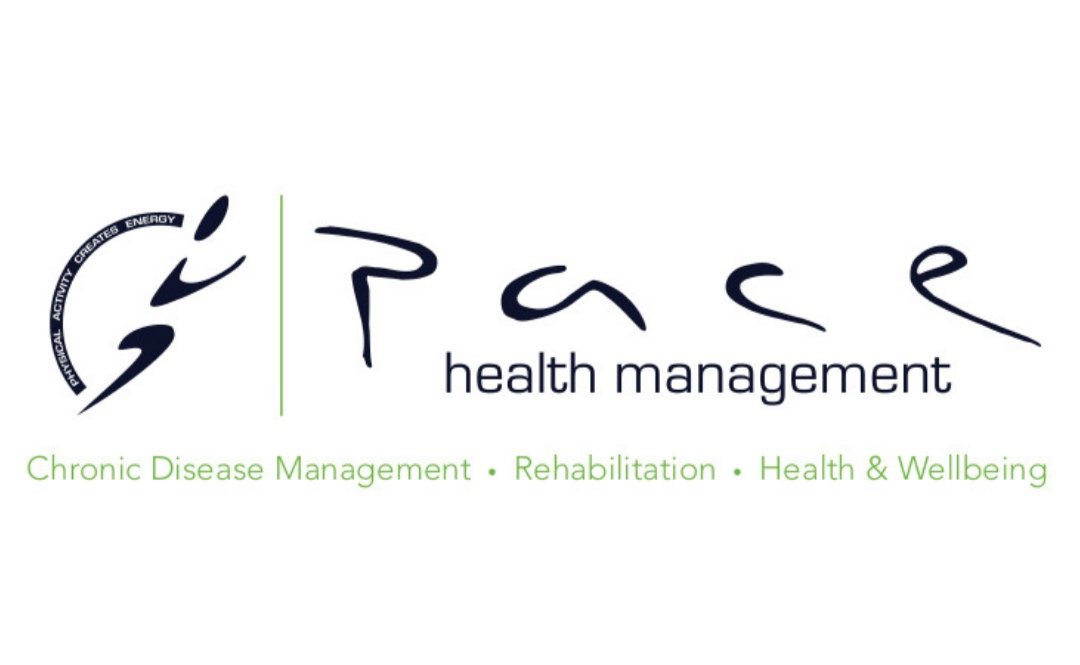Exercise Physiology & Down Syndrome
Most individuals with Down Syndrome are faced with barriers that prevent them from participating in regular physical activity. Research suggests that as they age, the more inactive they become, resulting in reduced overall health and quality of life.
Barriers to physical activity include many social and environmental factors, such as; lack of funds, transportation, access and support from family and carers. There is clear evidence of the benefits of physical activity for those with Down Syndrome, highlighting the importance of exercise intervention across their lifespan.
The following information will briefly outline the common physiological characteristics of individuals with Down Syndrome, recommended types of exercise and how exercise can be beneficial.
What is Down Syndrome?
Down Syndrome is a genetic condition that is a result of an additional chromosome, totaling 47 with the cause unknown. They have an extra chromosome 21, causing delays in physical and intellectual development which have an affect on their everyday life. The total population of people living with Down Syndrome in Australia is now over 13,000.
Common physiological characteristics:
· Reduced aerobic capacity
· Reduced bone mineral density
· Reduced muscular strength
· Increased body mass index
· Muscle hypotonia, hypermobility and joint laxity (increased flexibility in muscles and joints)
· Overweight or obesity
· Associated comorbidities (type 2 diabetes, cardiovascular complications, thyroid issues, osteoporosis etc.)
Recommended exercise:
While most individuals with Down Syndrome have some form of physical limitations, they are, with some precaution, encouraged to engage in physical activity similarly recommended for those without the condition. The National Physical Activity Guidelines for different age groups can be found at https://www.health.gov.au/internet/main/publishing.nsf/Content/health-pubhlth-strateg-phys-act-guidelines#npa1864.
Types of exercise for Down Syndrome:
· Aerobic exercise (walking, dancing, stationary cycling, swimming, boxing etc.)
· Small group training (2-3 participants) to stimulate social interaction
· Whole body exercises, targeting large muscle groups
· Balance and proprioception tasks
· Simple, yet enjoyable exercises (sit to stand with medicine ball throw and catch)
· Functional, lower limb strength and endurance exercises to improve walking speed, stride length and overall gait stability
How can exercise help with Down Syndrome?
· Improve independence
· Improve self esteem, confidence and quality of life
· Improve muscular strength and endurance to assist in performing activities of daily living (walking up and down stairs, rising from a chair etc.)
· Improve function and efficiency of the heart
· Improve overall cardiovascular and respiratory fitness
· Weight management
Need more information or want to seek an appropriate health professional?
PACE Health Management are registered service providers under the National Disability Insurance Scheme (NDIS). Our Accredited Exercise Physiologists are all trained in working with individuals with Down Syndrome. If you, or anyone you know of that has Down Syndrome that would like to participate in safe, supervised and enjoyable physical activity, contact one of our clinics or visit www.pacehm.com.au to find out more information on how to get started.
References:
Down Syndrome Australia
Mendonca GV, Pereira FD, Fernhall B. (2010) Reduced exercise capacity in persons with Down syndrome: cause, effect, management. Therapeutics and Clinical Risk Management 6: 601-610
Bartlo P, Klein PJ. (2011) Physical activity benefits and needs in adults with intellectual disabilities: Systematic review of literature. American Journal on Intellectual and Developmental Disabilities 116(3): 220-232
Reiman MP, Fernhall B. (2010) Physical fitness predicts functional tasks in individuals with Down syndrome. Medicine and Science in Sports and Exercise 42(2): 388-393
Barr, M. M., & Shields, N. N. (2011). Identifying the barriers and facilitators to participation in physical activity for children with Down syndrome. Journal Of Intellectual Disability Research, 55(11), 1020-1033. doi:10.1111/j.1365-2788.2011.01425.x
